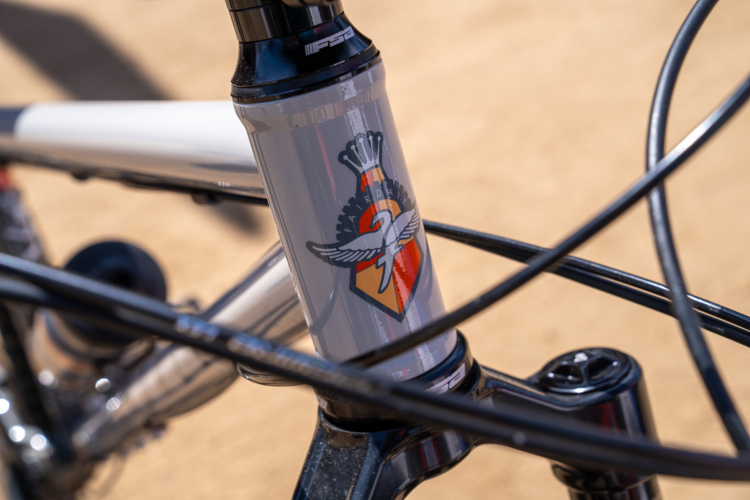Sometimes I wish I’d started mountain biking technical terrain in my 20s, or even my teens. If I had, by now the obstacles that scare me would seem easy. Most of my friends in their 20s don’t ever seem to fall victim to thoughts about “the penalty for failure.” I, however, am always assessing the amount of pain that could be inflicted on me if I don’t make it over that drop, down that rock ramp, or up those rock steps.
Still, I think we all have pieces of trail that get stuck in our minds, especially on trails that we ride frequently. There’s always some piece, somewhere, that you haven’t successfully conquered.
So, these are the best pieces of advice that have been whispered to me as I head over a drop or, more often, shouted back to me from someone who’s already done it and is waiting at the end.
1. You can’t go over the handlebars if your butt is behind your bike seat.
That’s what Adelle yelled to me as I was heading down this part of the Western Rim trail the other day. It was the last bit of that trail that I needed to conquer, and I finally did!

2. Get your fingers away from the front brake.
I say that to myself on just about every drop I encounter. I gather momentum, or slow down (depending on the situation) as I approach a drop and then I wrap my left hand tightly around the handlebars. That way there is no chance of my finger flicking forward and grabbing a handful of brake. If I don’t grab the front brake, my chances of doing an endo lessen considerably.

3. Look where you want to go.
I feel like this phrase has been tattooed on my brain. And you know what? It’s true. Do not look off the side of the cliff. Look 10-15 feet ahead on the trail. Find your line. Stop to sightsee.

4. Know when to let off the back brake too.
Steep hills (which never look steep in photos) can require a lot of brake finessing. Knowing when you can use both the front and back brake is crucial, but so is knowing when you need to let go. On steep descents too much back brake can cause you to skid, and if you skid, you’re likely to end up sideways or even worse, skidding down a hill with your leg taking the brunt of your fall.
If I’m squeezing the back brake and start to skid, I just let it go briefly. I may not even let go all the way, but I know if I’m going to continue moving straight down the hill I need to loosen my grip.

5. Drop your seat.
I didn’t realize this would make such a difference until I started consistently doing it. When I know a big drop is coming, I’ll give myself time, stop, drop the seat, and then cruise ahead knowing I can get my rear even farther back now that the seat is out of the way. At the same time, remembering to raise the seat before climbing a hill is crucial too!

One final tip? Bike with someone who challenges you. I have a few of those someones to bike with and they definitely keep me striving to conquer every bit of trail possible.
















